ヨーロッパのスキー場は、コロラドやユタのパウダースノーの滑走とは全く異なります。アルプスのピステは完璧に整備されており、しばしば硬く氷結した状態で、素早いターンと正確なコントロールが求められます。長くてかさばるスキーを持ち運ぶのに疲れたなら、Snowfeet*があなたの新しい親友になるかもしれません。より短く携帯しやすいスキーは機動性と利便性を追求しており、ヨーロッパの狭いトレイルや電車でのスキー旅行に最適です。
オプションの簡単な内訳はこちら:
- Mini Ski Skates(38 cm):超コンパクトで冬用シューズに装着可能。遊び心あふれる滑走や持ち運びに便利(150ドル)。
- Skiblades(65 cm):携帯性とパフォーマンスのバランス。カービングや多様な地形に理想的(450ドル)。
- Short Skis(120 cm):急斜面や氷結した斜面に安定感とスピードを発揮。上級者に最適(690ドル)。
重要ポイント: 持ち運びが簡単でヨーロッパの独特な斜面に対応できるギアをお探しなら、Snowfeet*がぴったりです。初心者でも経験豊富なスキーヤーでも、あなたに合ったモデルがあります。
スノーボーダーがSnowfeet*を試す|どのSnowfeet* Short Skiがベスト?|Snowblades 44、65、99レビュー
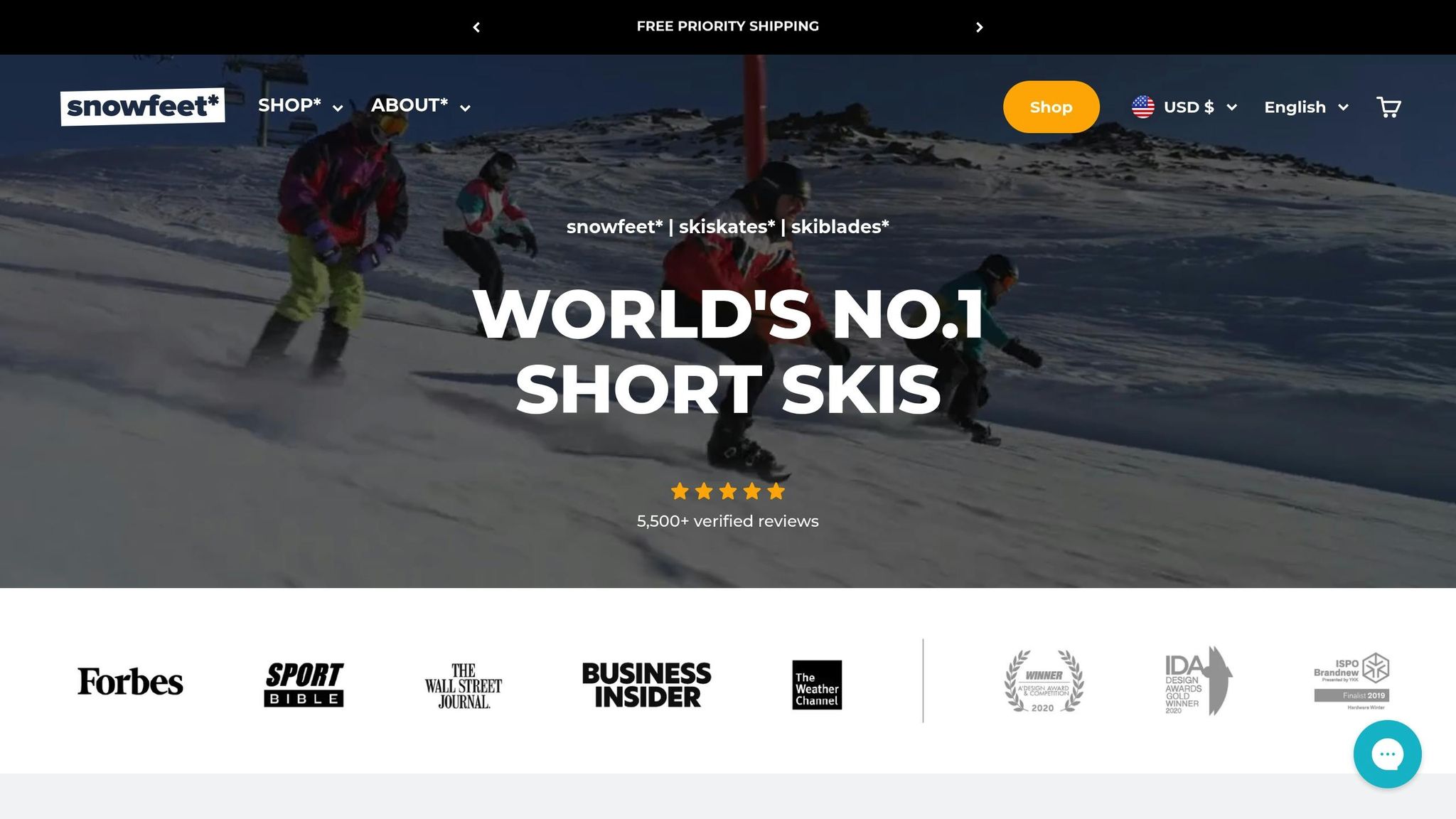
1. Snowfeet* Mini Ski Skates (38 CM)
Snowfeet* Mini Ski Skatesはわずか15インチ(38cm)で、ヨーロッパの斜面を楽しむ全く新しい方法を提供します。冬用シューズやスノーボードブーツに直接装着でき、伝統的なアルペンスキーに代わる軽量でコンパクトな選択肢です。
持ち運びが簡単
ヨーロッパでは電車やホテルで狭いスペースを通ることが多く、スキーギアの持ち運びは面倒です。長さわずか38cmのMini Ski Skatesはバックパックに簡単に収まり、かさばるスキーを運んだり複数のバッグに詰め込んだりする苦労がなくなります。
"なぜ重いスキーギアを持ち歩くのですか?Snowfeetに履き替えればいいのです。これらは冬用シューズやスノーボードブーツに装着できるコンパクトなミニスキーで、かさばる装備なしにどこでもスキーを楽しめます。"
– Snowfeet Store
整備されたコースでのパフォーマンス
ヨーロッパのピステは硬くよく整備された表面で知られており、Mini Ski Skatesはここで輝きます。小さなサイズが雪との接触を減らし、素早く鋭いターンや正確なコントロールに最適です。コーデュロイをカービングしたり、狭いコースをナビゲートしたりする際も、これらのスケートは楽に感じさせます。
多様な地形の操作性
ヨーロッパの斜面は滑らかから難しい地形へと急変することがあります。軽量設計のおかげで、Mini Ski Skatesは地形が厳しくなっても優れたコントロールを可能にします。山が何を投げかけても、あなたは敏捷で自信を持って滑れます。
習得が早い
伝統的なスキーに慣れているなら心配無用です - これらは直感的に扱えます。あるユーザーが体験を共有しました:
"長いスキーと重いスキーブーツの重さで脛に多くの痛みとあざができ、スキーを再びするたびに怖かったです… Snowfeetはとても軽く、約1時間の練習で簡単に習得できました。"
– FIONA T, メルボルン, AU
軽量設計により身体への負担が軽減され、重いギアと格闘する代わりに技術向上に集中できます。多くのユーザーはわずか1時間でコツを掴んだと報告しており、急な学習曲線なしで斜面を楽しみたい方に最適です。
価格
150ドルで、Snowfeet* Mini Ski Skatesは斜面で新しい体験を手頃な価格で試せます。
2. Snowfeet* Skiblades (65 CM)
Snowfeet* Skiblades、65cmの長さで、Mini Ski Skatesと伝統的なアルペンスキーのバランスを取っています。これらのコンパクトなスキーはカービングやスノーパークでのパフォーマンスに適しており、ヨーロッパのスキーリゾートで見られる多様な地形に最適な選択肢です。
携帯性
スキーブレードの際立った特徴の一つは携帯性です。わずか65 cmで、フルレングスのスキーよりもはるかに持ち運びが簡単です。ヨーロッパ内で複数の列車に乗り換えたり、アルプスの村の狭い通りを移動したりする際も、このスキーは楽に持ち運べます。さらに、コンパクトなホテルの部屋にも快適に収まり、かさばる装備の扱いに悩まされることがありません。この便利さにより、物流に苦労することなくゲレンデでの時間をより楽しめます。
整備されたピステでのパフォーマンス
スキーブレードは整地されたコースで輝きます。短い長さは正確なカービングと比類なき機敏さを提供し、160〜180 cmの伝統的なスキーと比べて特に優れています。ヨーロッパの狭いピステでは大きな違いを生みます。硬く締まった雪が多いヨーロッパのリゾートに最適で、素早く鋭いターンを楽に行えます。
ザンクト・アントンの磨かれたゲレンデをクルーズしたり、シャモニーのコーデュロイランを滑ったりすることを想像してください。スキーブレードなら動きが即座に感じられ、長いスキーでよくある鈍い反応はありません。精密さと使いやすさを追求して作られており、よく整備されたトレイルでの使用が楽しくなります。
多様な地形での汎用性
ヨーロッパのゲレンデは多様性で知られています。朝は滑らかなコーデュロイ、昼にはモーグル、午後には氷の斑点。スキーブレードはこれらの変化するコンディションを楽々とこなします。コンパクトなサイズで、風に吹かれた雪や氷の区間も素早く対応できます。
短い長さはメインのゲレンデを超えた探検にも理想的です。狭い樹林帯や狭いクーロワール、長いスキーでは難しい場所もスキーブレードなら扱いやすくなります。先端が引っかかったり、タイトなターンに苦労する心配はありません。普段は避けがちなエリアも自信を持って探検できます。
学習曲線が緩やか
スキーブレードは経験豊富なスキーヤーだけでなく、伝統的なスキーから移行する人にも最適な選択肢です。その機敏さと反応の良さにより、クリーンなターンをマスターし、より急な地形に挑戦しやすくなります。長いスキーよりもずっと早くコツを掴めるでしょう。
で $450スキーブレードはミニスキースケートに比べて投資が必要ですが、楽しさと本格的なスキー性能を融合させたパフォーマンスを提供します。38 cmのオプションよりもスピードと安定性を求めつつ、長いスキーでは得られない自由さと機敏さを維持したいなら、これらは確かな選択肢です。安定性と機動性の両方を妥協なく求めるスキーヤーに最適です。
sbb-itb-17ade95
3. Snowfeet* ショートスキー(120 CM)
Snowfeet* Short Skis(120cm、690ドル)は、コンパクトなSkibladesと従来のフルレングススキーの間の絶妙なバランスを提供します。安定性、スピード、そしてヨーロッパの有名な斜面に最適な機動性のために作られています。
整備されたピステでのパフォーマンス
120cmのこれらのスキーは、整備されたコースで夢のような存在です。機敏さを保つのに十分短く、しかし高速でもしっかりとしたエッジコントロールと安定性を提供するのに十分な長さです。ヴァル・ディゼールをクルーズしたり、ツェルマットでカービングしたりするときも、混雑した斜面でもタイトなターンが楽に感じられます。
65cmのSkibladesと比べて、長さが増すことで様々な雪質での浮力が向上し、積極的なカービング時の自信も増します。アルプスの澄んだ朝、コーデュロイが新しく敷かれたときには、これらのスキーで滑らかで正確なターンが切れます。特にアルプスで一般的な硬く氷のような雪の上でも。
ミックスドテレインの多用途性
これらのスキーは一芸に秀でたものではありません。変化する地形を巧みにこなすため、ヨーロッパの多様なスキーエリアにぴったりです。ドロミテの風で固まった斜面からフランスのリゾートのモーグルフィールドまで、120cmのShort Skisは簡単に適応します。
短い長さは、長いスキーが厄介になる狭い場所でのアドバンテージにもなります。狭いシュートを通り抜けたり、オフピステで木々の間を縫うように滑ったりするときも、先端が引っかかったりコントロールを失ったりする心配なく素早く調整できます。
持ち運びが簡単
Mini Ski SkatesやSkibladesほどコンパクトではありませんが、これらの120cmスキーは従来の長いスキーよりもはるかに扱いやすいです。オーバーヘッドラックに快適に収まり、ホテルの収納スペースも圧迫しません。ヨーロッパのスキー旅行でリゾート間を移動する場合、これらは実用的な選択肢です。狭い場所で大型スキーと格闘する必要はもうありません。
上達中のスキーヤーに最適
このデザインは、レベルアップを目指すスキーヤーにとっても素晴らしい選択肢です。短めの長さと反応の良いコントロールにより、中級者が標準的な長いスキーよりも速くカービングターンを決められます。さらに、エッジコントロールとテクニックの練習に十分寛容であり、ヨーロッパの硬くて氷のようなコースに挑むための鍵となります。SnowfeetのMini Ski SkatesやSkibladesからのステップアップとして考えてください。ただし、より高度なスキーに必要な安定性が加わっています。
利点と欠点
ヨーロッパのゲレンデでの携帯性、パフォーマンス、使いやすさに関して、異なるSnowfeet*モデルがどのように比較されるかの簡単な概要はこちらです:
| 製品 | 携帯性 | 整備されたパフォーマンス | ミックスドテレイン | 習得の難易度 |
|---|---|---|---|---|
| Mini Ski Skates (38 cm) | 優秀 – バックパックに収まる | 短く遊び心のあるコースに最適だが、高速では安定性に欠ける | 深雪や不均一な雪で苦戦 | スケーターには速いが、他の人には中程度 |
| Skiblades (65 cm) | 非常に良い – コンパクトで軽量 | カービングと機敏さに優れる | モーグルにはまずまずだが、パウダーには不向き | ほとんどのユーザーにとって簡単 |
| Short Skis (120 cm) | 中程度 – スキーバッグが必要 | スピードとエッジグリップに優れる | 急斜面やミックス地形に最適 | 初心者には難しいが、熟練スキーヤーには直感的 |
ヨーロッパのリゾート間を移動したり、狭いアルプスのロッジに詰め込んだりするとき、携帯性は非常に重要です。Mini Ski Skatesはここで明らかな勝者で、バックパックに収まるため、St. AntonやInnsbruckのような場所間の電車移動に最適です。これを、AtomicやK2のような伝統的な長いスキーと比較すると、かさばるバッグが必要でずっと不便です。Snowfeet*モデルは、斜面での楽しさを犠牲にせずに簡単な輸送を重視する人にとってゲームチェンジャーです。
整備されたコースに関しては、各Snowfeet*モデルに適したポイントがあります。120 cm Short Skisは急斜面の氷結した斜面で非常に安定しており、優れたエッジグリップと高速での安定性を提供します。一方、Mini Ski SkatesやSkibladesのような短いモデルは、穏やかでよく整備されたピステで活躍します。機敏で遊び心がありますが、高速での使用時には少し不安定に感じることがあります。
さて、ミックス地形について話しましょう。ここでトレードオフが見えてきます。長いスキーは不均一な雪やパウダーでの浮力とコントロールに優れていますが、Snowfeet*モデルの楽しさを生む素早いターンの機敏さは失われます。例えば、Mini Ski Skatesは表面積が小さいため、深雪や荒れた雪では苦戦することがありますが、Short Skisはこれらの条件をはるかにうまくこなします。
ついに、習得の難易度について。アルプス初心者のスキーヤー、特に硬くて氷のようなコンディションに慣れていないアメリカ人にとって、Skibladesは素晴らしい出発点です。扱いやすくマスターしやすいため、自信をつけてからより長くて難しいモデルに進むのに最適な選択肢です。一方で、Short Skisは少し技術が必要ですが、経験豊富なスキーヤーには直感的で使いがいがあります。
最終的なおすすめ
フランスアルプスからツェルマットやサンアントンなどの有名スポットまで、ヨーロッパのスキー場でSnowfeet*ギアを試した結果、あなたのスキーのスタイルや旅行計画に合った最適な選択肢を見つけるためのガイドを作成しました。
ヨーロッパのスキーを渡り歩く旅行者には、Snowfeet* Mini Ski Skates(38 cm、150ドル)が画期的です。非常にコンパクトでバックパックに簡単に収まり、伝統的なスキーを持ち運ぶのが大変な複数国の旅行に最適です。整備されたピステやカジュアルなコースで輝きますが、負荷の高い地形には向いていません。
ヨーロッパのピステを幅広く楽しむ方には、Snowfeet* Skiblades(65 cm、450ドル)が絶妙な中間点です。氷結した硬いコンディションに対応し、アルプスでよく見られる狭く曲がりくねったトレイルで優れたコントロールを発揮します。伝統的なスキーはこうした状況でかさばることがありますが、Skibladesは滑らかで扱いやすさを保ちます。
難しい地形に挑む上級スキーヤー向けに、Snowfeet* Short Skis(120 cm、690ドル)は最適です。急斜面や氷結した斜面で必要な安定性を提供しつつ、モーグルや難しいコースでも機敏に動けます。正確なカービングと素早い操作を求めるなら、高度なパフォーマンスにぴったりの選択肢です。
こういうことです:ヨーロッパのスキー旅行は狭いトレイルや居心地の良いアルプスのシャレー、小さなホテルの部屋など、コンパクトな空間を移動することが多いです。ここでSnowfeet*製品の機敏さと携帯性が本領を発揮します。伝統的な長いスキーはスピード向けに作られており、狭いコースでは扱いにくく感じることがありますが、Snowfeet*ギアはこうした条件でこそ活躍するよう設計されています。
では、あなたの優先事項は何ですか?携帯性と予算が重要ならMini Ski Skatesを選びましょう。パフォーマンスと多用途性のバランスが欲しいならSkibladesがぴったりです。そして、精密さと高度な操作性を求めるならShort Skisが最良の選択です。
よくある質問
Snowfeet Mini Ski Skates、Skiblades、Short Skisの違いは何で、私のスキルレベルやスタイルに最適な選択肢はどうやって決めればいいですか?
Snowfeet Mini Ski Skates、Skiblades、Short Skisはすべてコンパクトなスキーの選択肢で、それぞれに独自の雰囲気と目的があります。Snowfeet Mini Ski Skatesは普段の靴やスノーボードブーツにストラップで装着し、斜面でスケートのような感覚を与えます。軽量で持ち運びが簡単、初心者やカジュアルで楽しいオプションを求める人に最適です。Skibladesは少し長めで、より自由な動きを提供します。遊び心があり素早く、楽しさとコントロールのバランスを求める初心者から中級者にぴったりです。Short Skisはスピードと安定性に特化しており、速くコントロールされた滑降を求める経験豊富なスキーヤーに最適です。
初心者であったり、使いやすく多用途なものを求めているなら、Mini Ski SkatesやSkibladesは素晴らしい選択肢です。パフォーマンスと精度を追求する熟練スキーヤーにはShort Skisがより適しています。Snowfeet製品は携帯性、シンプルさ、そして純粋な楽しさで輝き、アメリカの斜面とは少し異なる整備がされているヨーロッパのピステにぴったりです。
Snowfeet製品は携帯性とヨーロッパの斜面でのパフォーマンスに関して従来のスキーと比べてどうですか?
Snowfeet製品は携帯性においてゲームチェンジャーです。例えばSkiskatesはわずか17インチの長さ!そのコンパクトなサイズは非常に軽量で持ち運びが簡単です。バックパックに放り込めるので、かさばるギアに苦労することはありません。これは特にヨーロッパの混雑したスキーリゾートで、スペースが限られている場合に便利です。
パフォーマンス面では、Snowfeetはヨーロッパの斜面で本当に際立っています。これらの斜面はしばしば異なる整備がされており、より狭く技術的なコースが多いです。Snowfeet製品の短いデザインは、鋭く素早いターンを簡単に可能にし、より良いコントロールと機敏さを提供します。急なピステを滑り降りたり狭いトレイルを縫うように進んだりする際も、Snowfeetは従来のスキーでは太刀打ちできない利便性と適応性をもたらします。
Snowfeet製品は初心者に優しいですか?また、学習の難易度に関して従来のスキーと比べてどうですか?
はい、Snowfeetのギアは初心者に最適です!短くて軽量なデザインにより、従来のスキーよりも扱いやすくなっています。これによりターンが滑らかになり、停止も速くなり、新しいスキーヤーに最初から自信を与えます。
従来のスキーとは異なり、Snowfeetははるかに緩やかな学習曲線を持っています。重い装備に苦労する代わりに、初心者は楽しむことと斜面を満喫することに集中できます。ヨーロッパのピステや整備されたトレイルを試す場合でも、Snowfeetはスキーを初めて体験するのにシンプルで楽しい方法を提供します!

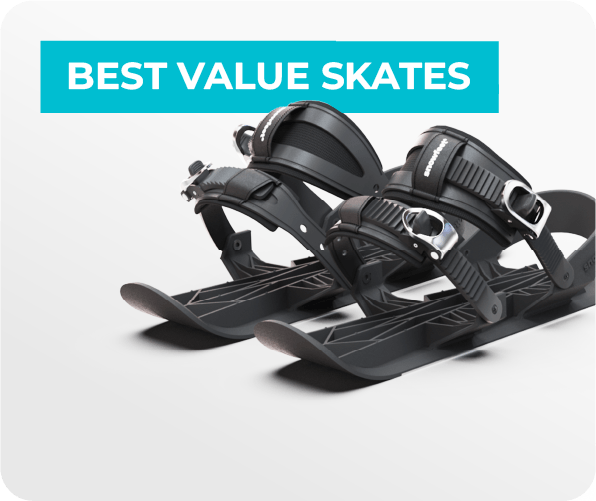



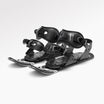
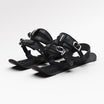
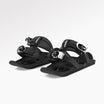
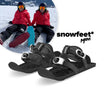

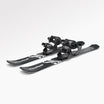

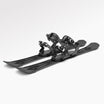
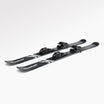
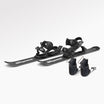





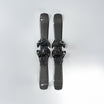
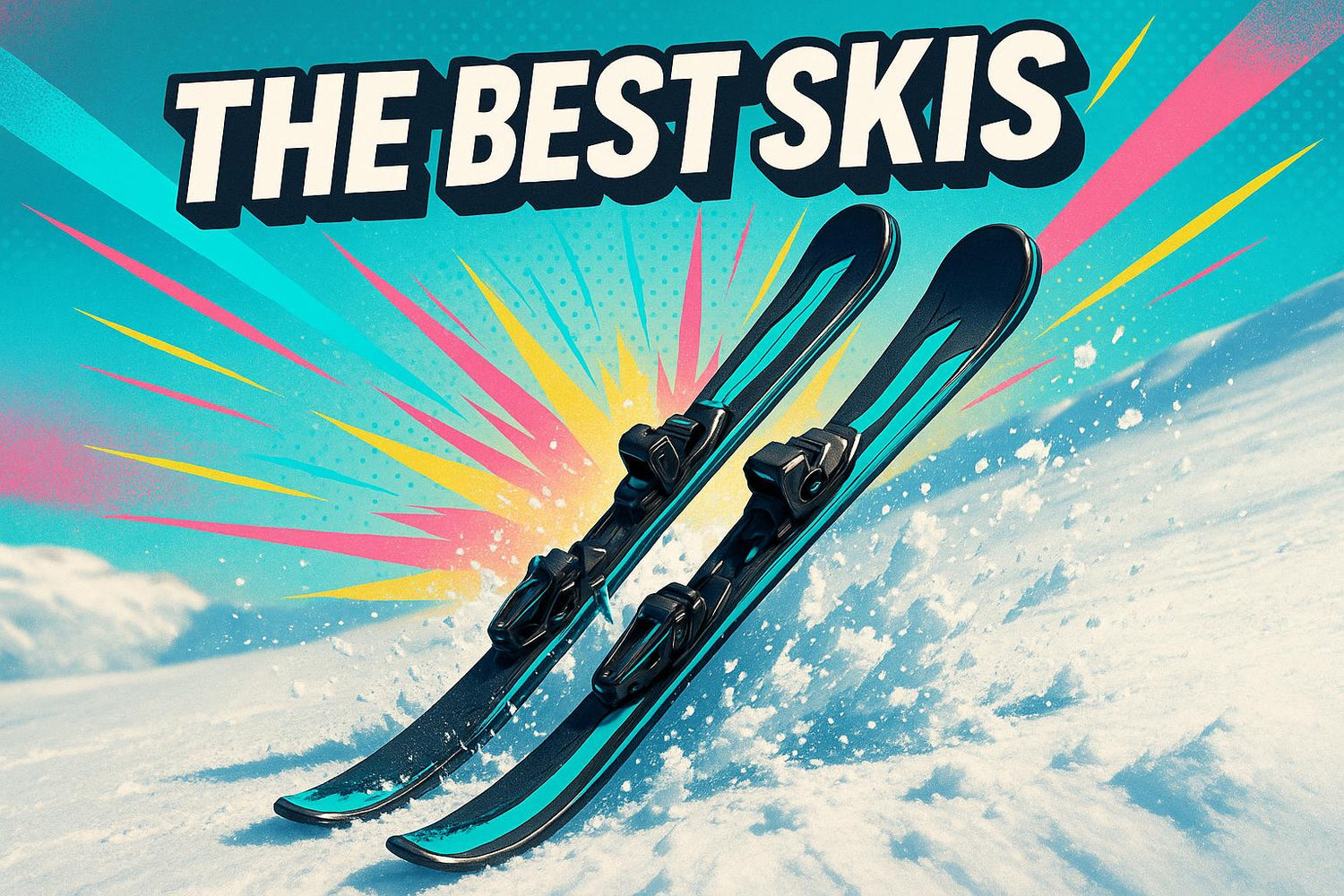
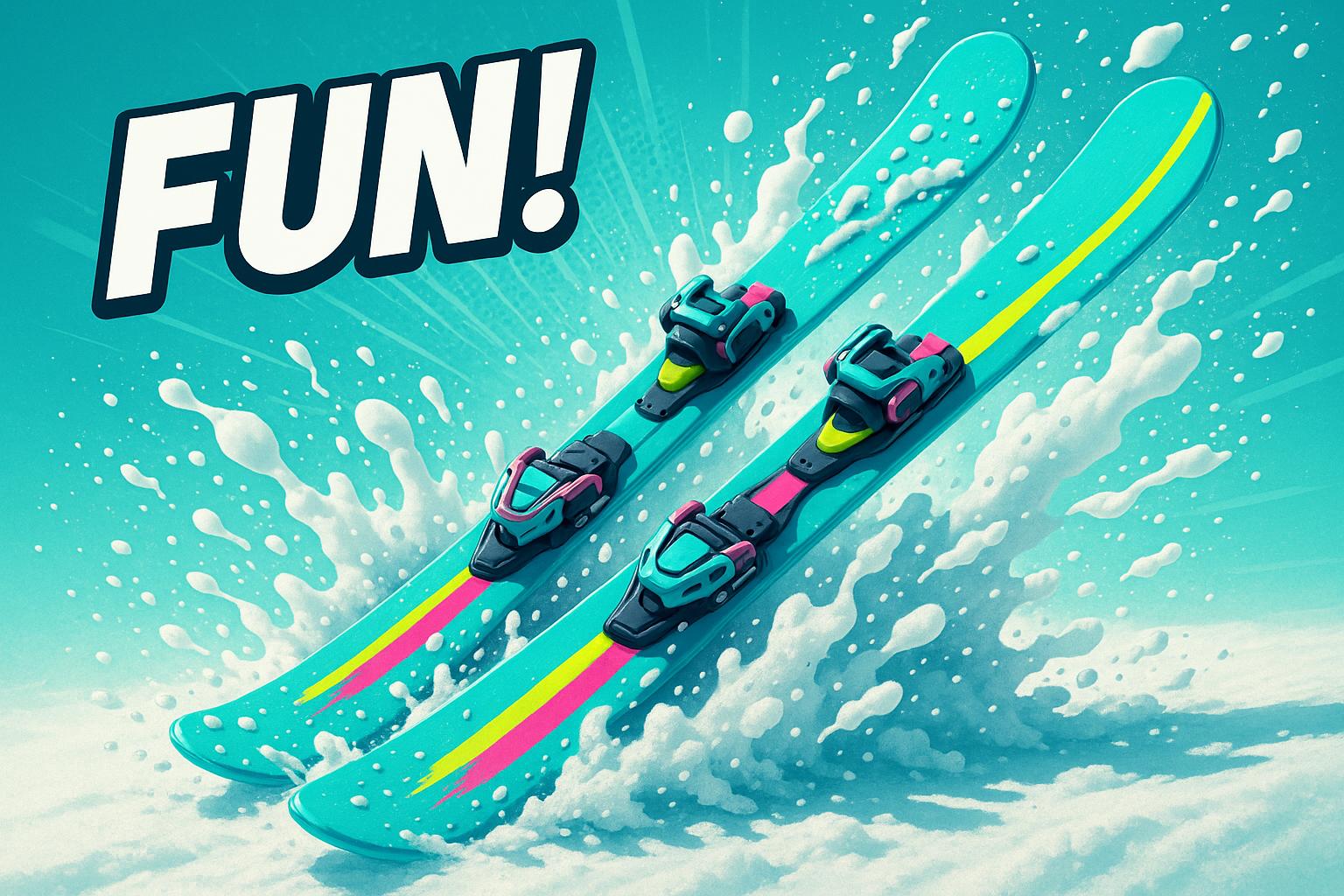

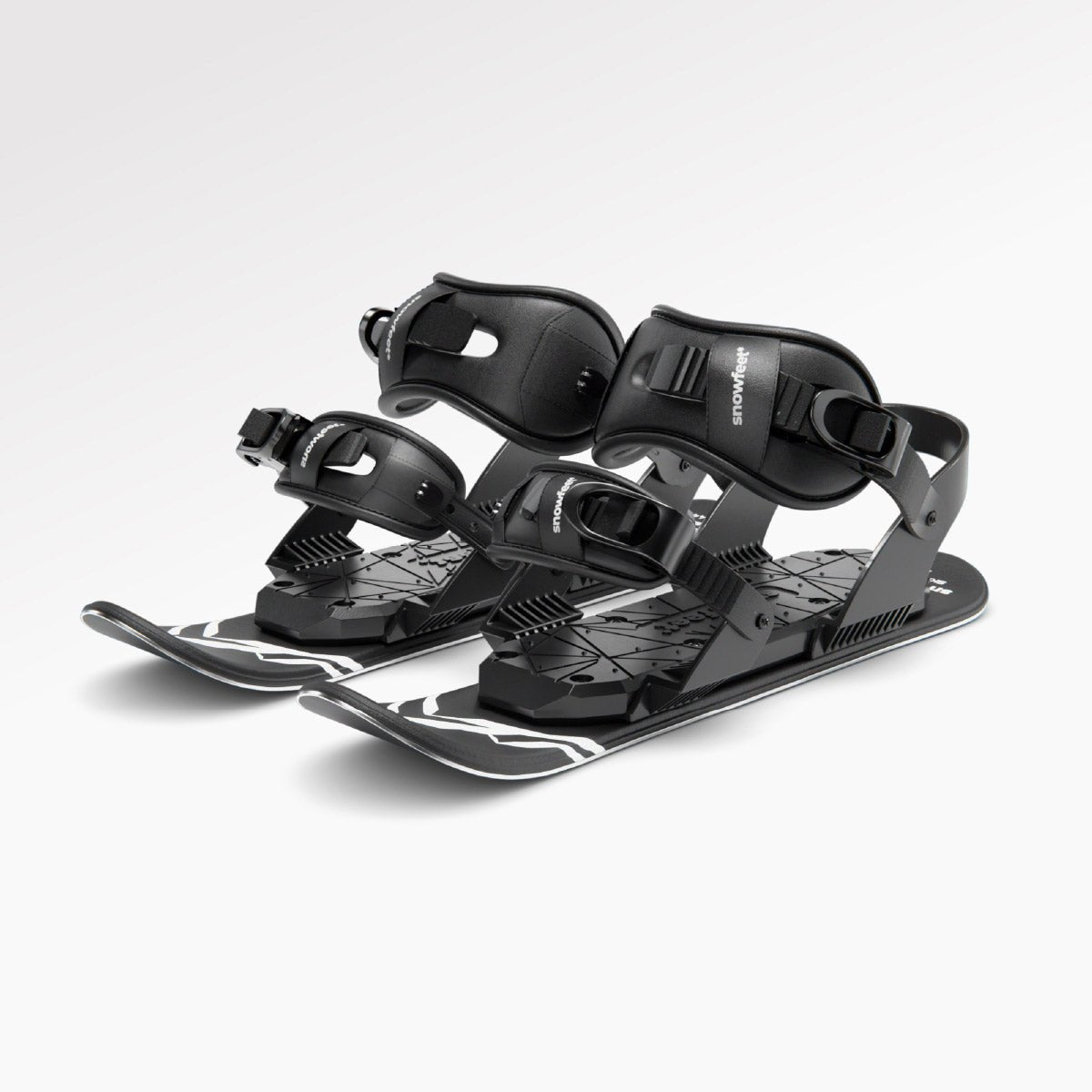

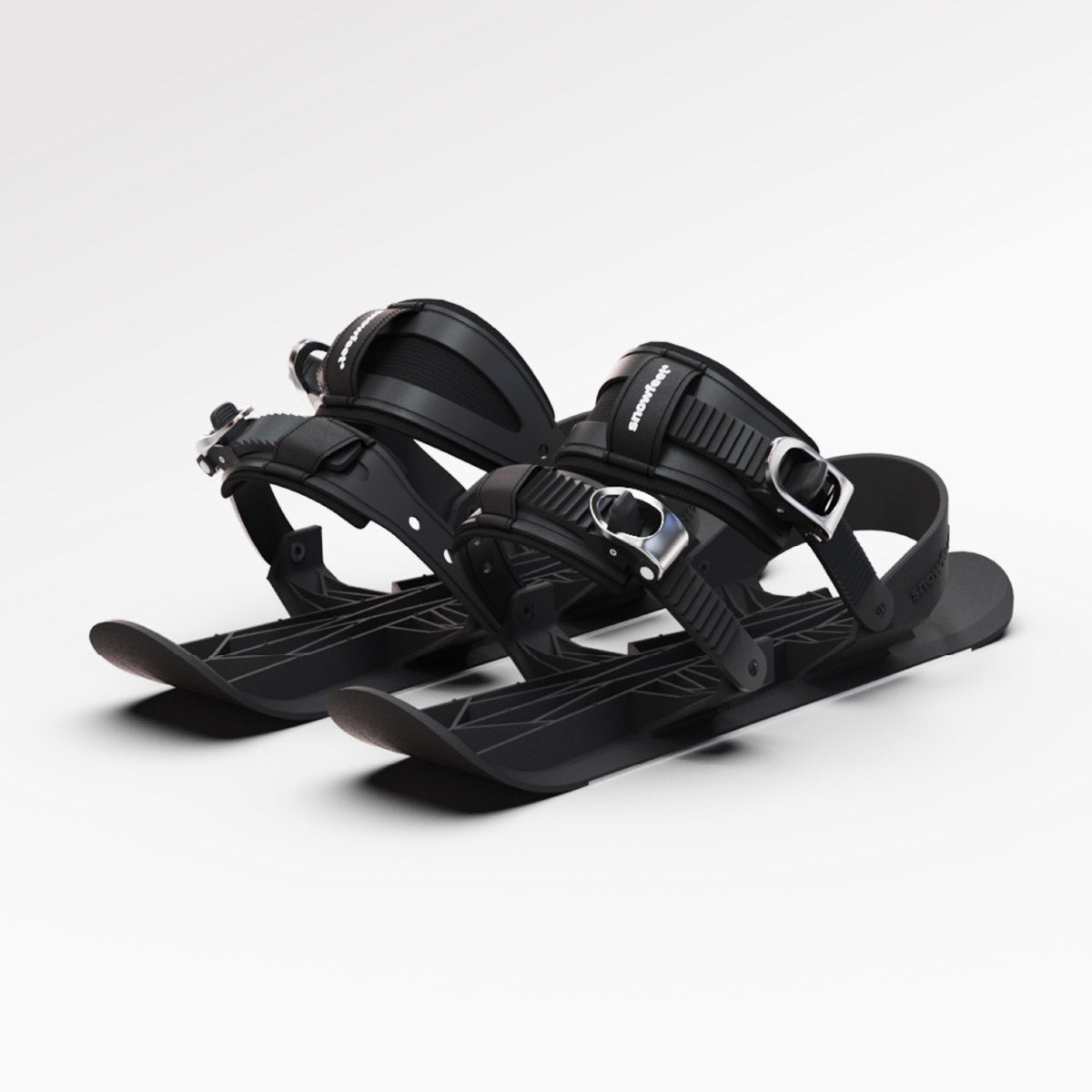
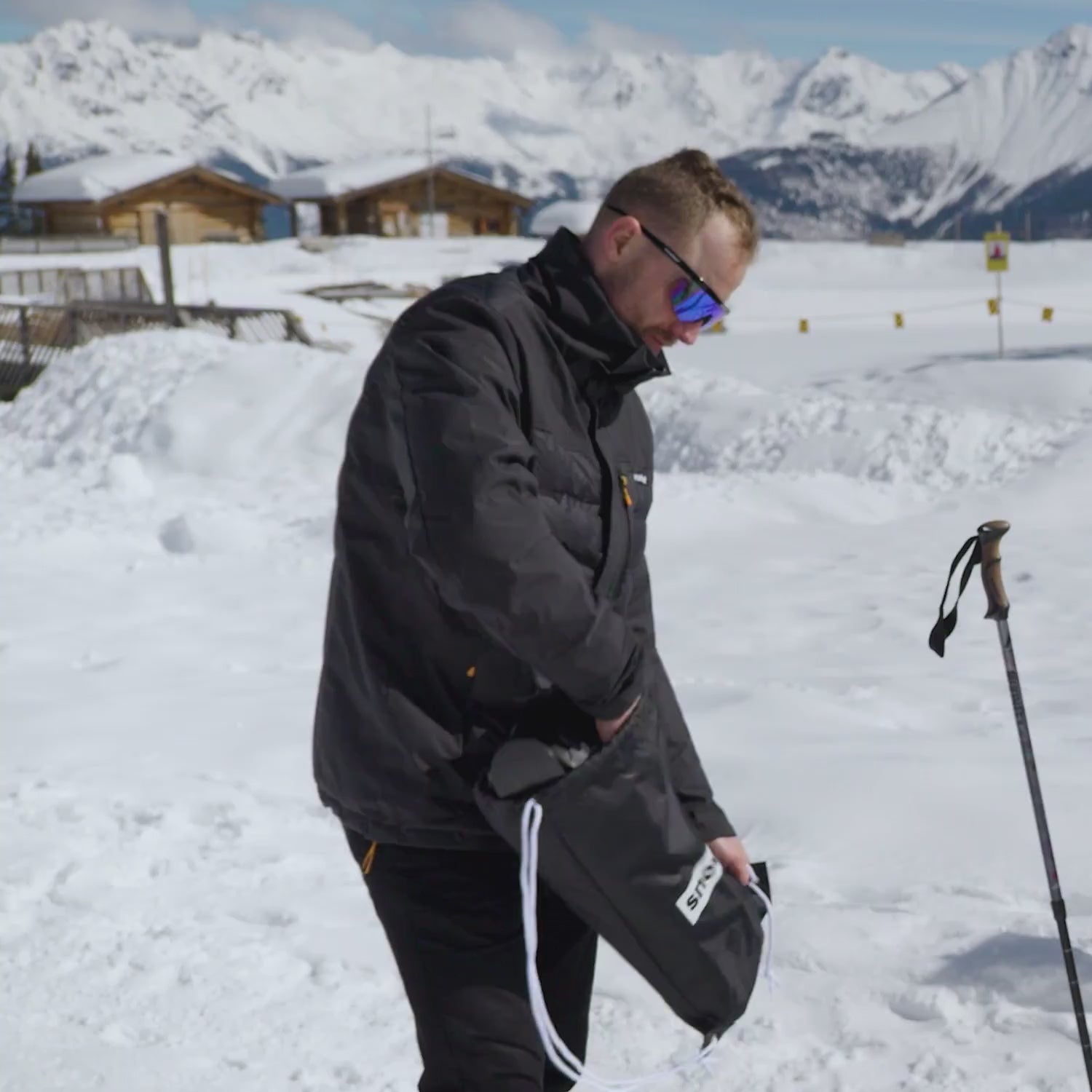
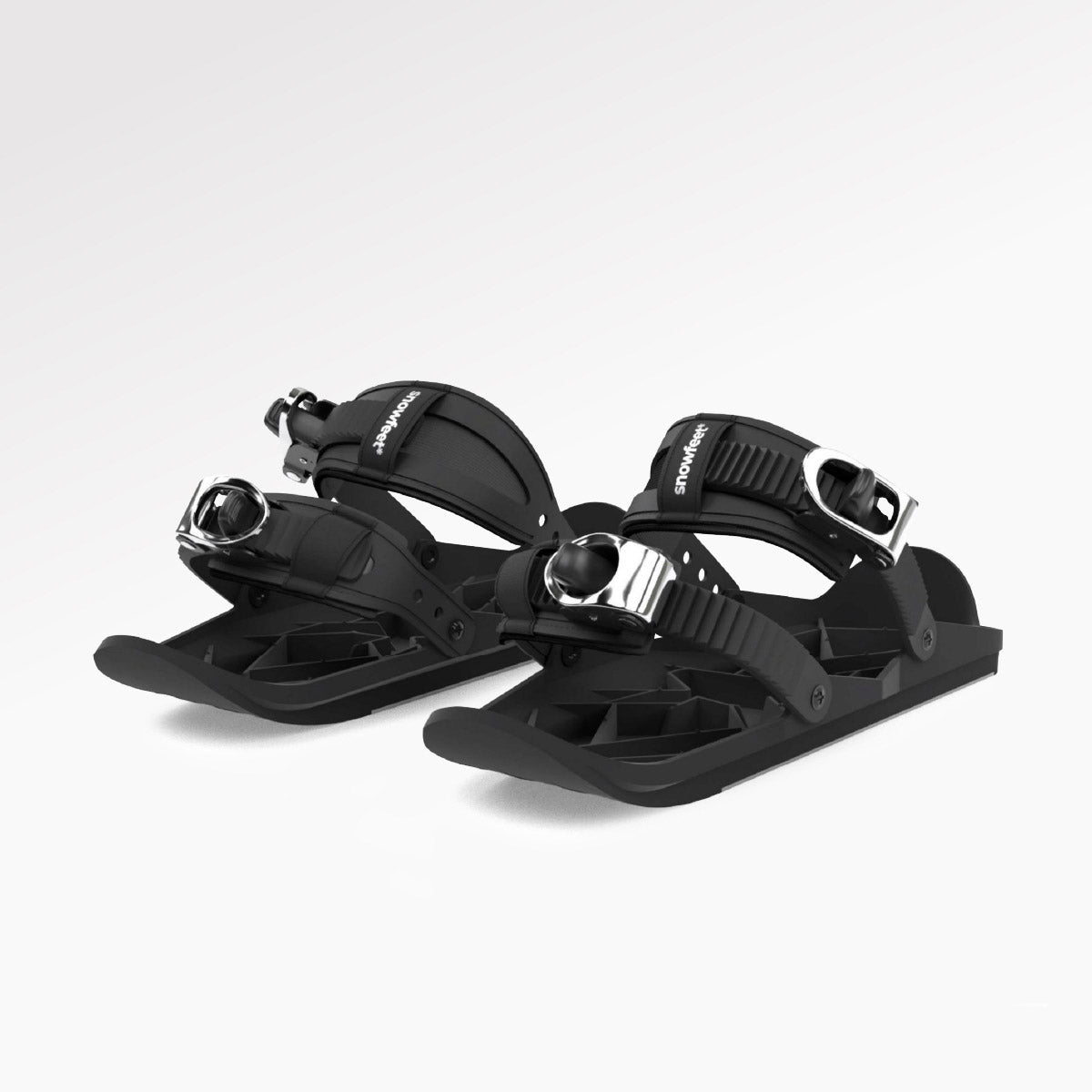
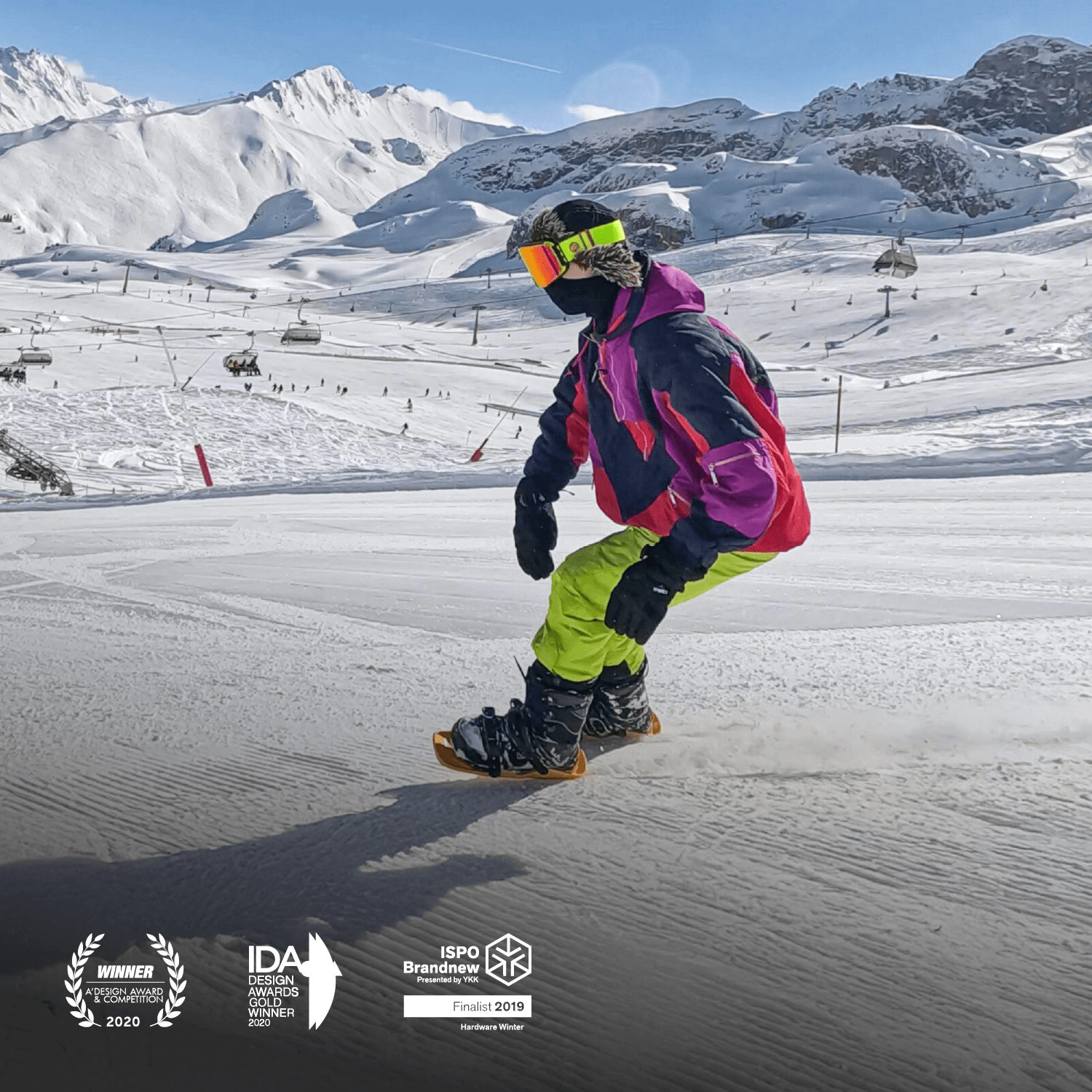

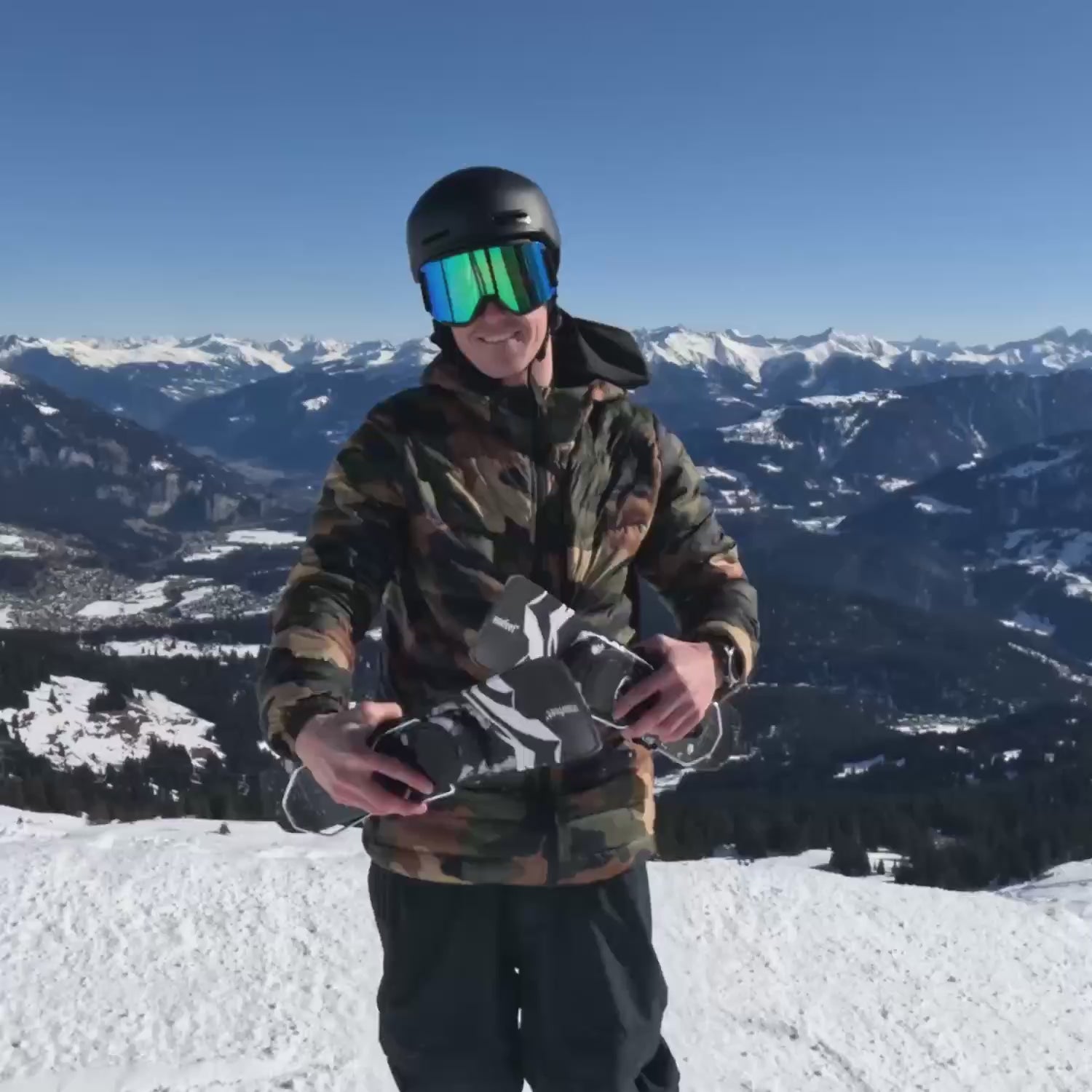
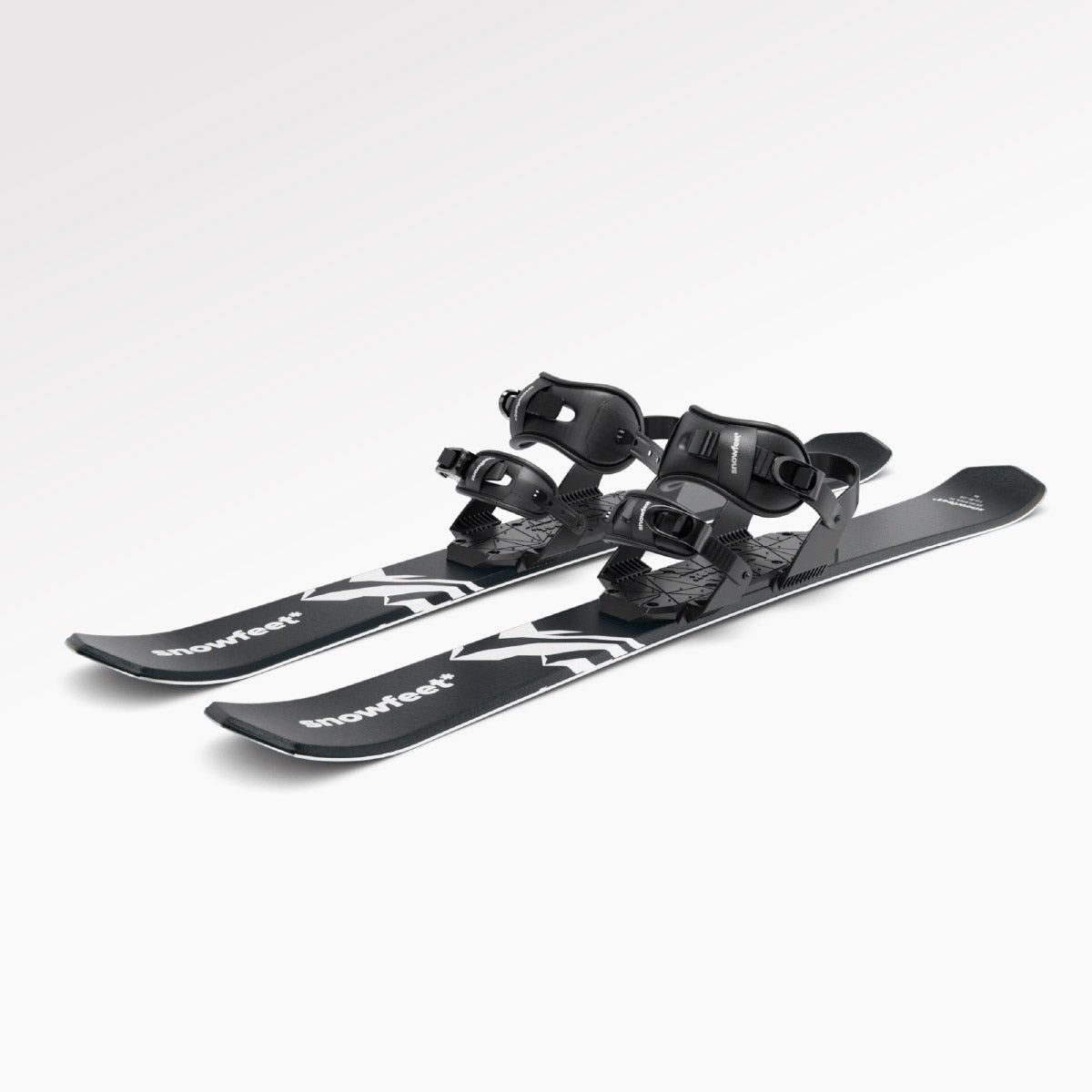
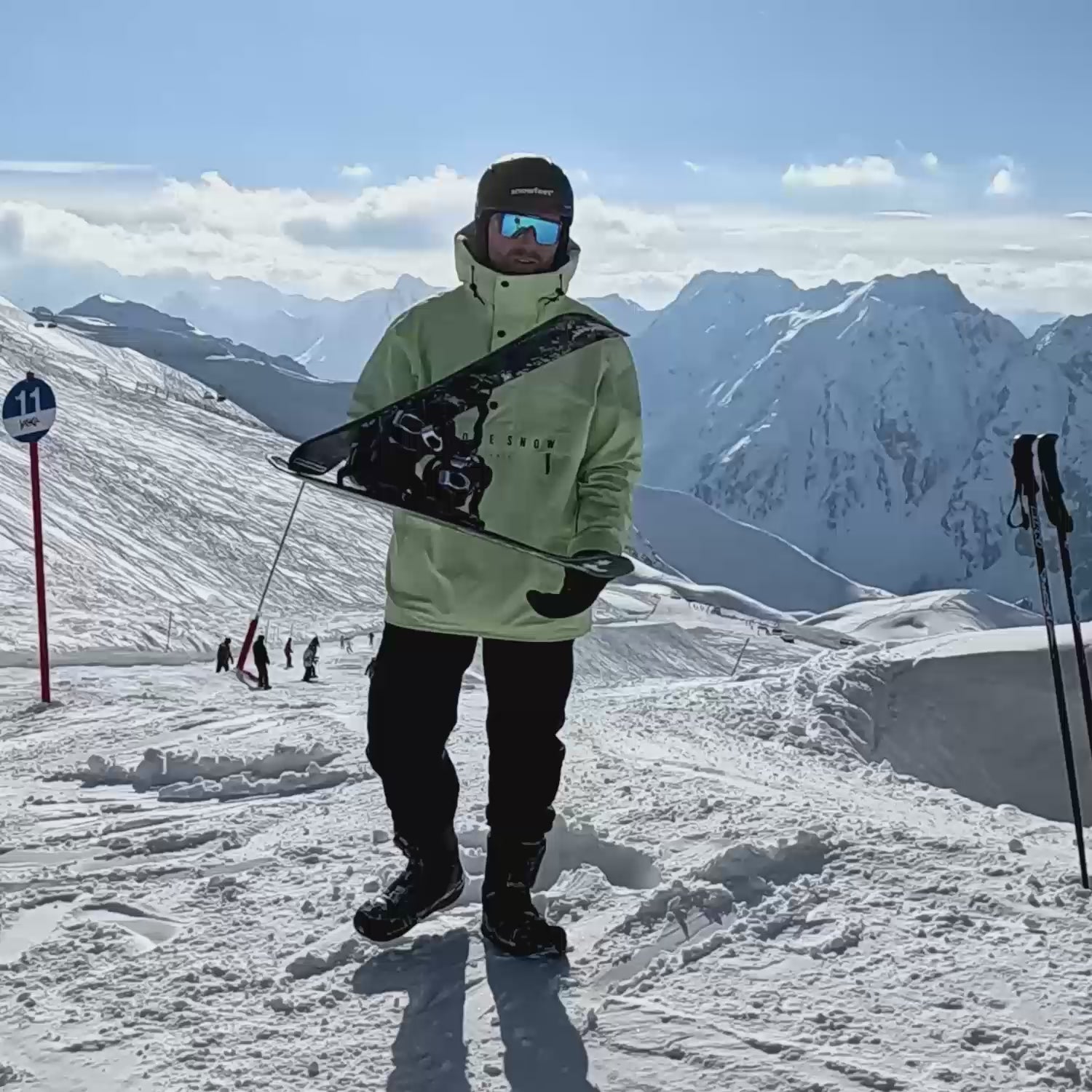
コメントを残す
このサイトはhCaptchaによって保護されており、hCaptchaプライバシーポリシーおよび利用規約が適用されます。